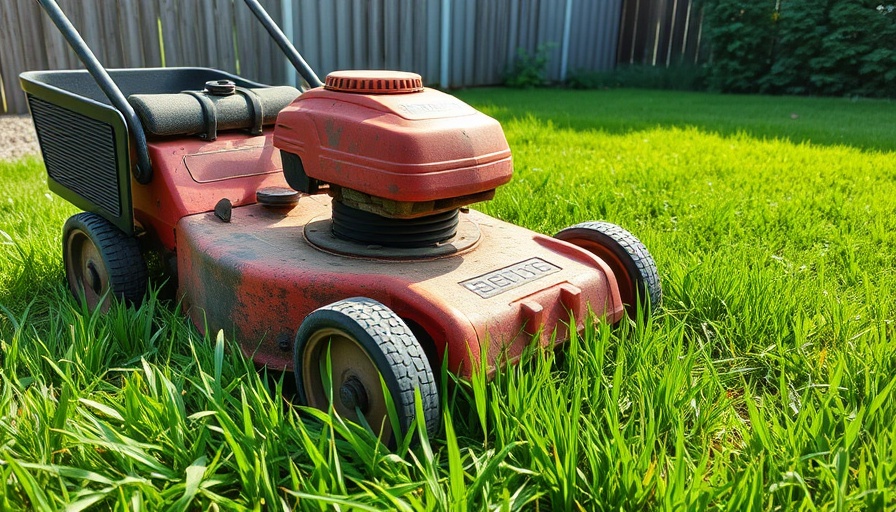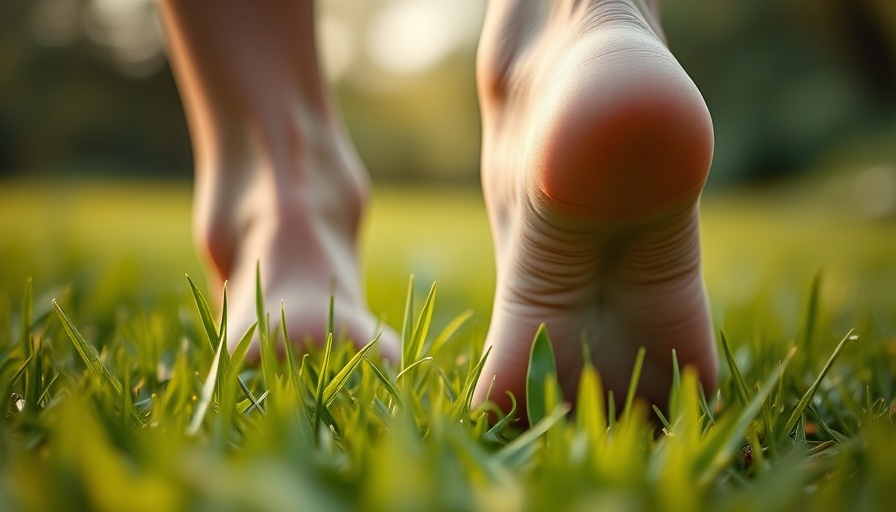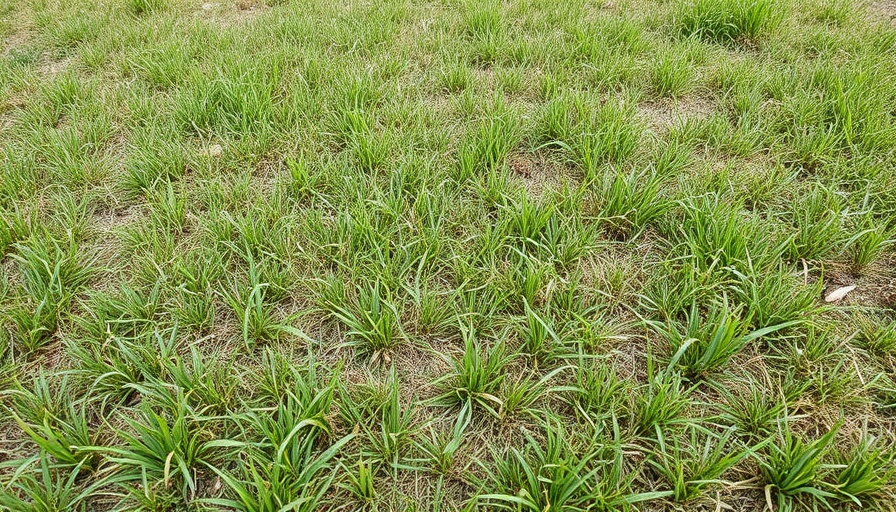
Understanding Your Lawn Mower Disposal Options
As the seasons change and the need for yard maintenance persists, homeowners often face the dilemma of what to do with their old lawn mowers. Disposing of a lawn mower isn't as straightforward as tossing it in the trash due to environmental regulations and safety challenges. Fortunately, there are several effective and responsible options for disposing of a lawn mower that can even benefit others.
Top 8 Ethical Disposal Methods for Lawn Mowers
When it comes to disposing of an old mower, homeowners have a variety of options to consider. Here are eight ways to responsibly part with your old lawn mower:
- Put it Up for Sale: Selling your working lawn mower can help recoup some of the costs associated with purchasing a new one. Online platforms like Facebook Marketplace, OfferUp, and Craigslist make it easier than ever to connect with prospective buyers. To increase your chances of a quick sale, ensure to take clear photos, provide an accurate description, and list it during peak lawn care seasons.
- Donate for a Tax Benefit: Donating your lawn mower to a local charity or nonprofit organization not only benefits the community, but it can also provide you with a tax deduction. Organizations like Habitat for Humanity, community gardens, and vocational schools often welcome such donations.
- Give to Someone in Need: If you prefer a more personal approach, consider giving your mower away to a neighbor or friend who might need it. This direct transfer allows for a feel-good moment and can foster community connections.
- Trade-In Programs: Many retailers offer trade-in programs where you can exchange your old mower for credits toward the purchase of a new model. This can streamline your transition to a new mower while providing a discount.
- Municipal Disposal or Collection Programs: Some municipalities have specific collection days for electronic waste or larger items like lawn mowers. Check with your local waste management department for upcoming collection dates and guidelines.
- Check with Small Engine Repair Shops: Local repair shops may take your old mower off your hands as they handle repairs for customers. They can repurpose parts or recycle the mower appropriately, aiding in environmental conservation.
- Scrap Metal Recycling: If your mower is beyond repair, consider taking it to a scrap yard. Lawn mowers contain valuable metals that can be recycled and reused, thus minimizing waste.
- Junk Removal Services: Lastly, if you're unable to transport your lawn mower, junk removal services can assist with the heavy lifting. Ensure to choose a company that practices eco-friendly disposal methods.
Before You Dispose of Your Lawn Mower
Before making a decision on how to dispose of your mower, it’s essential to assess its condition. Determine whether the mower is functional or non-functional, and decide what your priorities are. Do you want to recycle it, make some money, or give it away? Also, consider local regulations regarding lawn mower disposal, as improper disposal can lead to fines and environmental harm.
The Environmental Impact of Proper Disposal
Improper disposal of lawn mowers can have detrimental effects on the environment. Gasoline-powered mowers contain hazardous materials that can leach into the soil and water supply if not disposed of properly. By following ethical disposal methods, you contribute to environmental preservation and help prevent pollution.
Statistics on Lawn Equipment Recycling
You may be surprised to learn that approximately 15% of lawn equipment ends up in landfills, translating to thousands of tons of waste annually. Engaging in recycling and responsible disposal is not just a question of convenience, but a step towards reducing your carbon footprint and conserving resources.
Future Trends in Lawn Equipment Sustainability
As the market shifts towards sustainability, the lawn equipment industry is also adapting. Manufacturers are increasingly focusing on producing eco-friendly products, many featuring recyclable materials and energy-efficient designs. This trend indicates that future equipment will be designed with end-of-life recycling more in mind, simplifying disposal for consumers.
Conclusion: The Importance of Responsible Disposal
Being mindful about how you dispose of your lawn mower affects not just your finances, but also your community and environment. As you consider your options, remember to weigh the pros and cons of each route and to adhere to local regulations to ensure compliance. By taking the right steps, you can transform an old lawn mower from waste into resource, promoting sustainability while potentially benefiting those in need.
 Add Row
Add Row  Add
Add 


Write A Comment